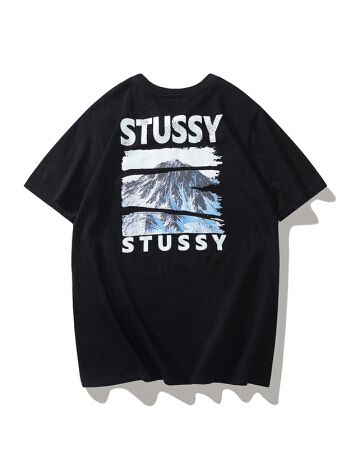When customizing clothes, it is very important to understand the important measurements and customize the clothes while ensuring the fit and comfort of the clothes. The following are some important measurements to help you accurately measure your size:
1. Height: Measuring an individual’s height is a very important dimension. It can help determine the overall length and proportion of a garment. Make sure you stand upright with your head and back against the corner, then use a ruler or the scale on the corner to measure.
2. Weight: Weight is an important reference for clothing customization. Although weight cannot directly determine size, it is closely related to the relative proportions of the body shape and can help customizers understand the overall condition of the body.
3. Bust: Use a soft ruler (can also be a sewing ruler) to measure the fullest part of the chest horizontally, making sure the ruler is close to the skin but not too tight. This is one of the most important measurements in clothing customization, as it helps confirm the fit of your upper body.
4. Waist circumference: Use a soft ruler (or sewing ruler) to measure the thinnest part of your waist horizontally, making sure the ruler is close to the skin but not too tight. This is an important measurement in determining whether your pants, skirt, or top will fit around the waist.
5. Hips: Use a soft ruler (or sewing ruler) to measure the fullest part of the buttocks, making sure the ruler is close to the skin but not too tight. Hip size can help determine the fit of your lower body, such as a skirt, pants, or jumpsuit.
6. Shoulder width: It is very important to measure the individual’s shoulder width, which can help confirm whether the shoulder design of the clothing is appropriate. Use a tape or sewing ruler to measure the width on both sides of your shoulders, making sure the ruler is parallel to the ground and close to your shoulders.
7. Sleeve length: Use a soft ruler (or sewing ruler) to measure from the top of the shoulder bone to the inside of the wrist. Sleeve length is one of the key measurements in clothing customization, ensuring that the sleeves are the right length.
8. Leg length: If you are customizing pants or skirts, it is necessary to measure the leg length. Measure vertically from the top of your waist (usually your belly button) to the inside of your feet. Make sure the straight distance matches your body’s natural position and don’t twist your feet or knees.
9. Supplementary measurements such as neck circumference, wrist circumference and leg circumference: According to the specific style of clothing and personal needs, neck circumference, wrist circumference, etc. can also be measured. Thigh circumference, calf circumference and other additional measurements.
When taking measurements, it is recommended to keep the body relaxed and natural, wear light clothing, and seek professional help when possible to ensure Accuracy of measurement. Once you’ve taken your measurements, be sure to provide the recorded data to the brand or studio to ensure they can use those measurements to create a custom garment that fits your needs.
In short, understanding the important measurements is crucial for personalized clothing customization. By measuring key dimensions such as height, weight, chest circumference, waist circumference, hip circumference, shoulder width, sleeve length, leg length, etc., it can provide accurate data to help brands or studios create customized clothing that fits well and is comfortable.







